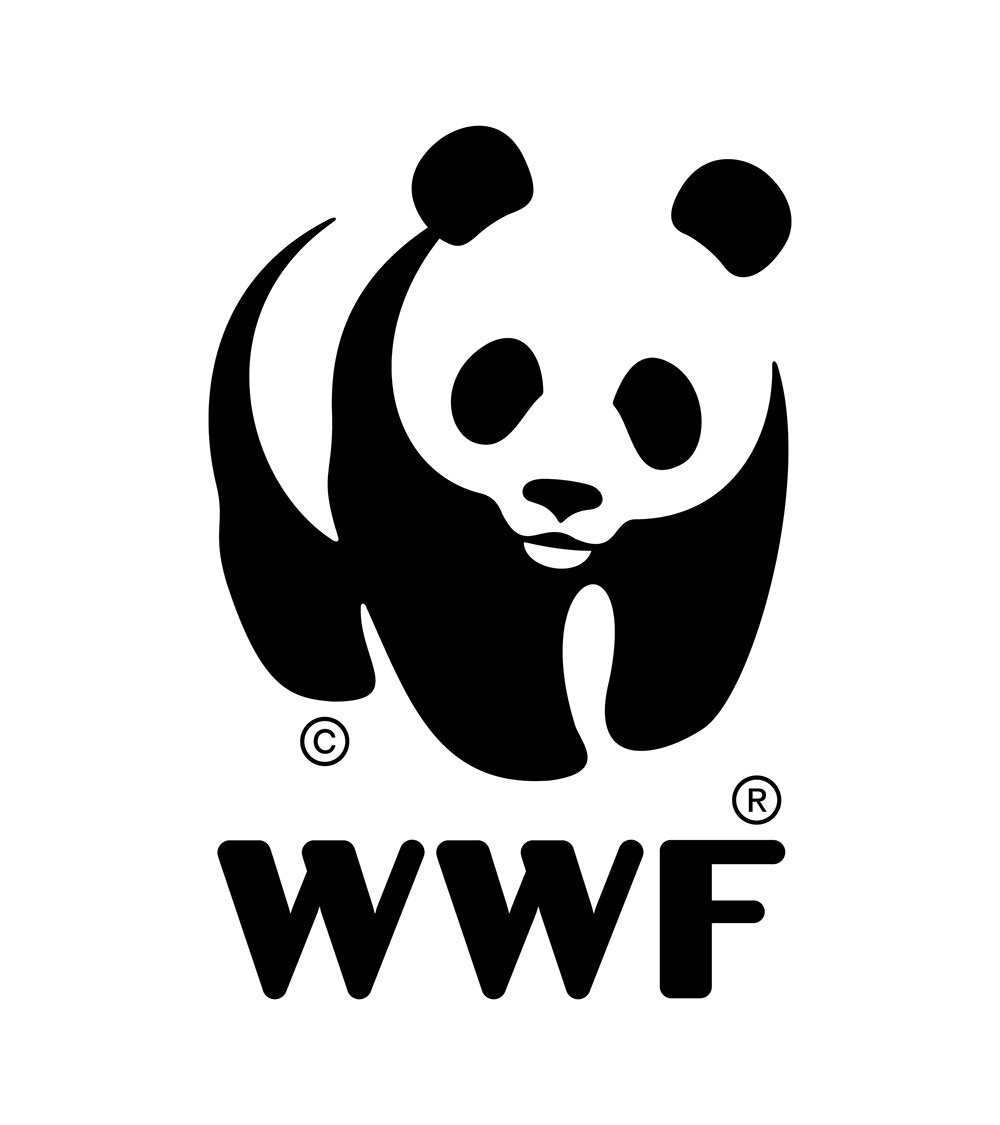Whales: Nature-based buffers against the climate crisis
© Ashley Morgan / WWF
Whales play an important role when it comes to climate change mitigation. Scientists recently discovered that whales can capture significant amounts of carbon from the atmosphere. Estimates indicate that one whale’s ability to capture carbon from the atmosphere is equal to that of thousands of trees. This is critical as the climate crisis impacts our planet in startling ways from sea to shore.
Whales also help fertilize our oceans. As whales dive underwater to feed and return to the surface to breathe and defecate, they bring important nutrients back to the top. This is called the whale pump.
So, could protecting whales be a potential nature-based solution and harbinger of hope, not just for ocean ecosystems but also in the climate fight?
Carbon absorption
Throughout their long lives, whales accumulate carbon from the atmosphere in their bodies. Given that some species of whales can live well over 100 years, they have the potential to capture quite a lot of carbon.
When they die, they sink to the ocean floor. And as they settle there, so does the carbon that was stored in their bodies. While for most land animals, carbon is released into the atmosphere after death, at the depths of the ocean floor, it can remain for centuries in a phenomenon known as “blue carbon.” For large marine creatures like whales, it can take up to 1,000 years for the elements from their carcasses to cycle their way back up to the surface.
The longevity of their lives, coupled with their massive size, makes whales invaluable carbon sinks. Each great whale can sequester up to 33 tons of carbon dioxide from the atmosphere due to their sheer size—even more impressive when compared to the 48 pounds of carbon dioxide the average tree sequesters throughout its lifespan. Another study found that recovering baleen whale populations could have the potential for storing carbon equivalent to the amount in a 272,000 acre-forest—an area the size of Rocky Mountain National Park.
© naturepl.com / David Fleetham / WWF
Phytoplankton multiplier
Phytoplankton are microscopic creatures that are mighty carbon sinks in their own right. They capture about 37 billion metric tons of carbon dioxide (that’s an estimated 40 per cent of all CO2 produced!) and produce at least 50 per cent of all oxygen in our atmosphere. This amount of carbon dioxide is equivalent to four times the amount captured by the Amazon rainforest.
Whales have a multiplying effect on phytoplankton numbers wherever they travel. They do this in a couple of different ways:
The whale pump: As whales swim through the water column, they stir up minerals deep in the ocean and bring them to the surface through this vertical movement. They then spread them across oceans through their migrations in a process known as the whale conveyor belt. These physical activities essentially fertilize the ocean with the nutrients needed to help phytoplankton grow.
Nutrient-rich waste: Whale excrement contains iron, phosphorus, and nitrogen, which are substances that phytoplankton need to grow. This feeds and nourishes the phytoplankton.
© WWF-Canada / Chad Graham
Growing threats
There are around 1.3 million whales today, but this number stands in stark contrast to pre-commercial whaling when around 4 million to 5 million whales traversed the high seas.
“While a global ban on commercial whaling has virtually eliminated this threat, whales still face significant threats to their survival,” says Leigh Henry, director of wildlife policy at WWF US. “This is largely from entanglement in fishing gear and nets, ship strikes, plastic and noise pollution, and climate change.”
Six out of the thirteen great whale species are either endangered or vulnerable.
Whales have some of the longest migrations of any mammal on Earth. Many whale species travel vast distances, some thousands of kilometres every year between breeding and feeding grounds. Blue corridors are critical ocean habitats for migratory marine species. Whales rely on these habitats for their survival. These are areas where they feed, mate, give birth, nurse young, socialise or migrate. Protecting Blue Corridors is a global conservation project designed to safeguard the migration routes of whales.
Fighting the climate crisis
Many solutions for combatting climate change are complex and expensive. Restoring whale populations is just one of many natural ways to boost carbon storage that is needed to help reduce greenhouse gas levels in the atmosphere. And, as a migratory species, whales can exert this superpower across the globe. To help whale populations recover, the threats impacting their survival must be addressed.
There is growing evidence that whales play a role in the carbon cycle, and there is much more to discover. But one thing is for sure whales are key in the fight against the climate crisis. However, they can’t save our planet on their own. They, along with many other valiant marine species, play vital roles in the larger web of life that allows our oceans to thrive.
© Richard Barrett / WWF-UK





